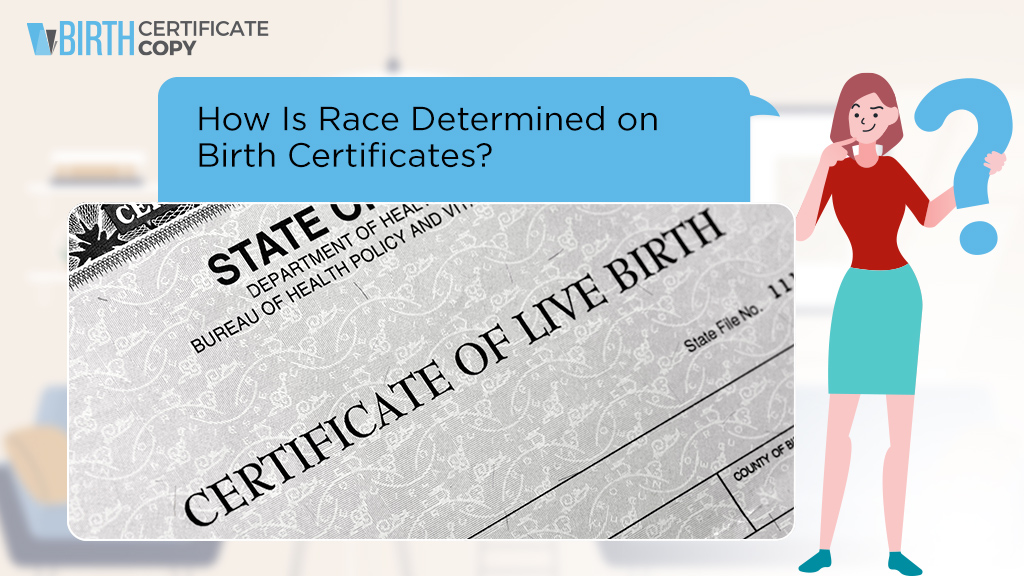Race is a complex social construct that has played a significant role in shaping societies throughout history. In the United States, race has been historically used to categorize individuals and assign privileges or disadvantages based on their perceived racial background. Birth certificates also known as a Certificate of Live Birth, which serve as vital records documenting an individual’s birth, have traditionally included a section for race. This article aims to explore how race is determined on U.S. birth certificates, the presence of a multiracial option, the concept of race categories, the process of correcting race on a birth certificate, and recent changes made to race and ethnicity documentation.
Does the option for multiracial identification exist on birth certificates?
In recent years, the United States has experienced an increase in multiracial individuals, reflecting the country’s diverse population. Recognizing multiracial identities has prompted changes in official documentation, including birth certificates. While historically, birth certificates required individuals to select a single race, today, many states have recognized the need for a multiracial option. This allows individuals to identify as belonging to multiple races or ethnicities, acknowledging the complexity of their identities. However, it is important to note that the availability of a multiracial option may vary from state to state. Some states offer specific categories for multiracial or biracial individuals, while others may provide an option to select more than one race.
What does the term “Race Category” refer to?
In the United States, race categories on birth certificates generally follow the guidelines established by the Office of Management and Budget (OMB) and the National Center for Health Statistics (NCHS). These categories provide a standardized framework for collecting racial data across various government forms and documents. The OMB’s current race categories include White, Black or African American, Asian, American Indian or Alaska Native, Native Hawaiian or Other Pacific Islander, and Some Other Race. It is important to note that these categories are not exhaustive and do not capture the complexity of all racial identities. However, they serve as a baseline for data collection and statistical purposes.
How to Correct Race on a Birth Certificate?
Birth certificates are legal documents that should accurately reflect an individual’s information, including their race. In cases where there is an error or a need to update the race category on a birth certificate, the process of correction can vary from state to state. Generally, the individual or their legal guardian must contact the vital records office in the state where the birth certificate was issued to initiate the correction process. The specific requirements, forms, and documentation needed for a race correction may differ, so it is essential to consult the respective state’s vital records office for guidance.
Order your birth certificate copy
Showcasing Regional Instances: Race Determination on Birth Certificates in the United States
In Texas, changes have been made to the race and ethnicity documentation on birth certificates to ensure greater inclusivity. The Texas Department of State Health Services (DSHS) recognizes the importance of accurately capturing individuals’ racial and ethnic backgrounds. In alignment with the guidelines set by the U.S. Census Bureau, the DSHS has taken steps to provide more comprehensive options for race and ethnicity identification on Texas birth certificates. These changes aim to reflect the diverse population within the state better and allow individuals to self-identify their racial or ethnic heritage more accurately. By expanding the available categories and providing write-in options, Texas is striving to ensure that birth certificates are more reflective of the rich tapestry of racial and ethnic identities present in the state’s population, as well as align with national standards of data collection established by the U.S. Census Bureau.
Race determination on birth certificates in the United States is a complex and evolving process. While historically birth certificates required individuals to select a single race, the recognition of multiracial identities has prompted
Source (National Center for Biotechnology Information): https://www.ncbi.nlm.nih.gov/pmc/articles/PMC3922476/

